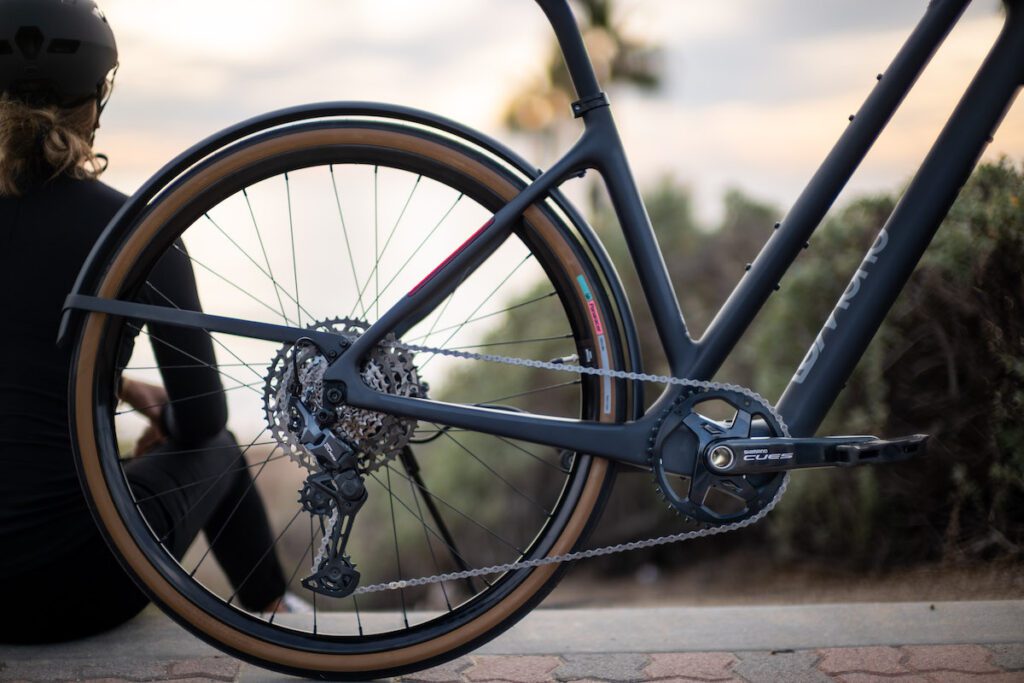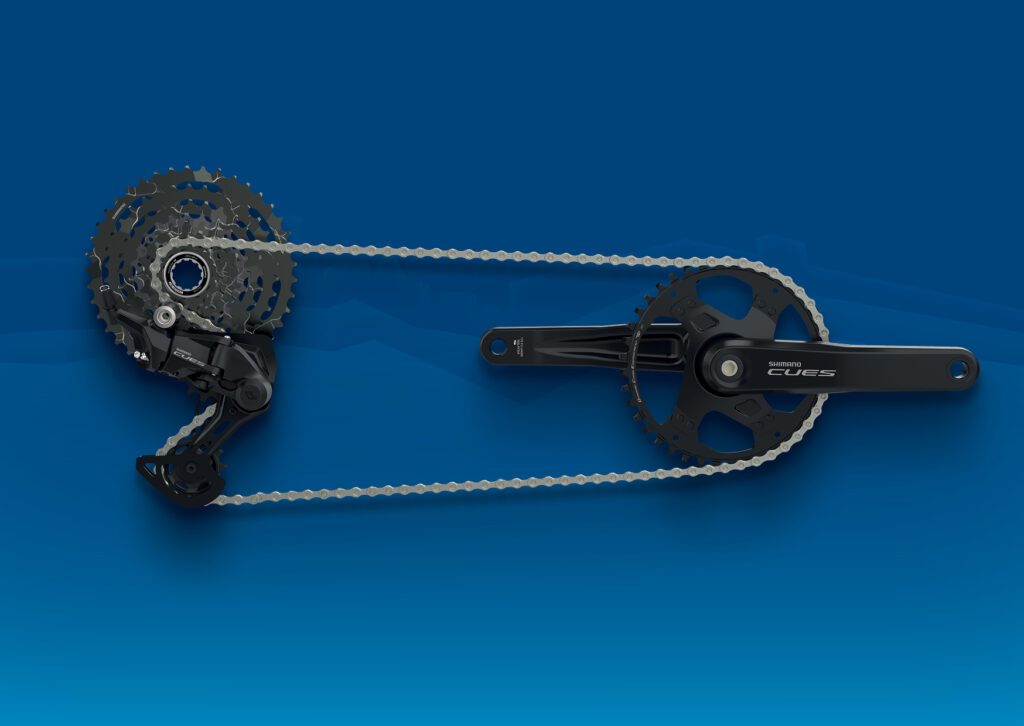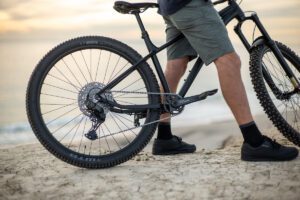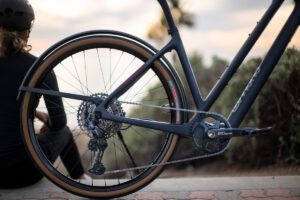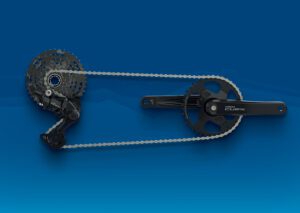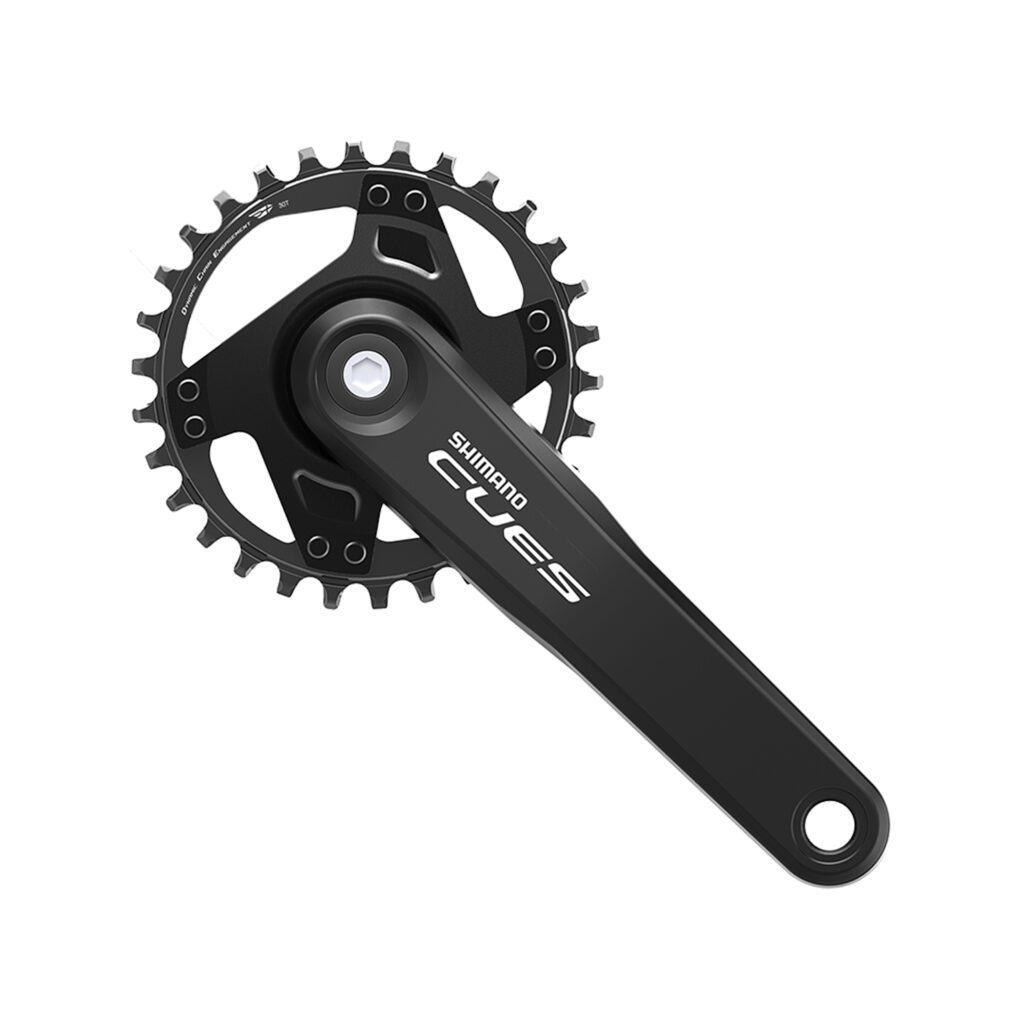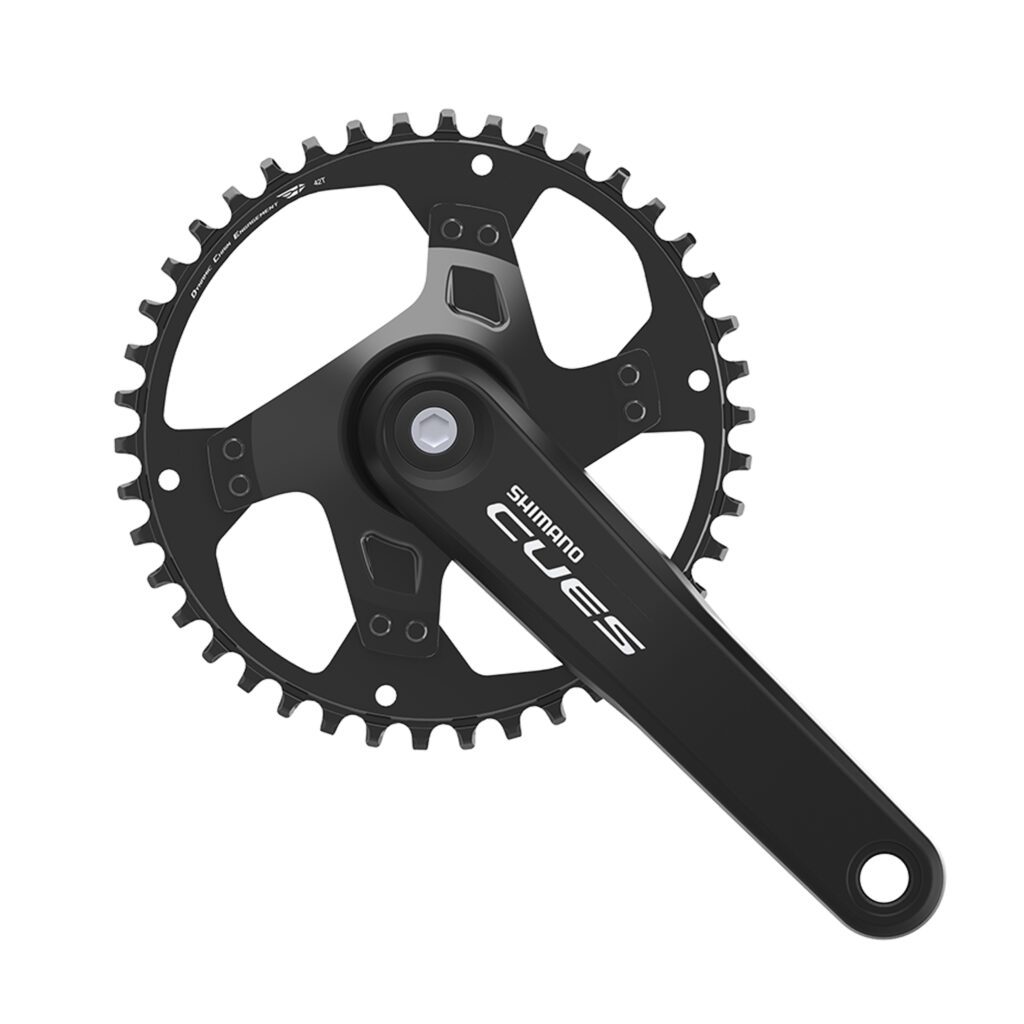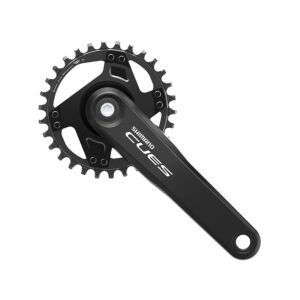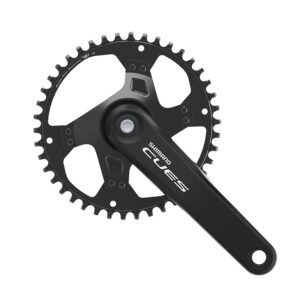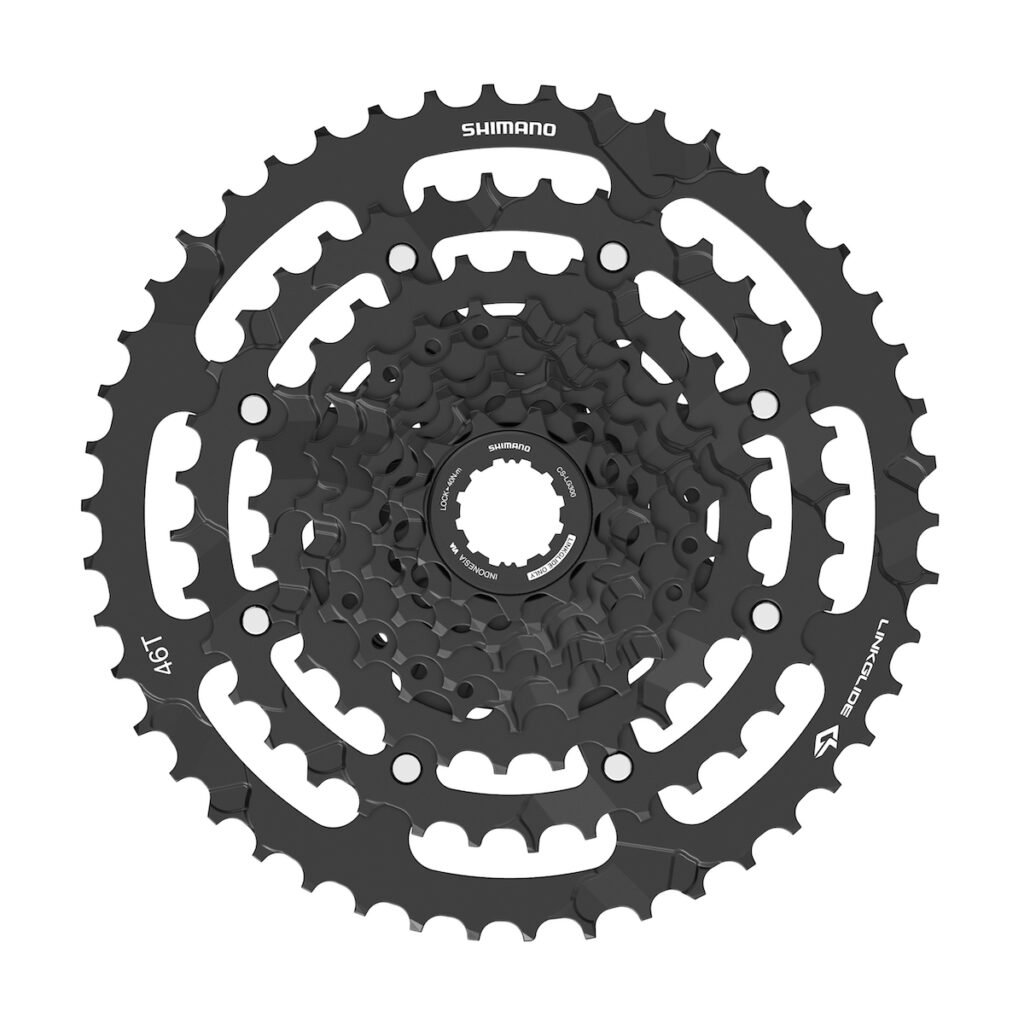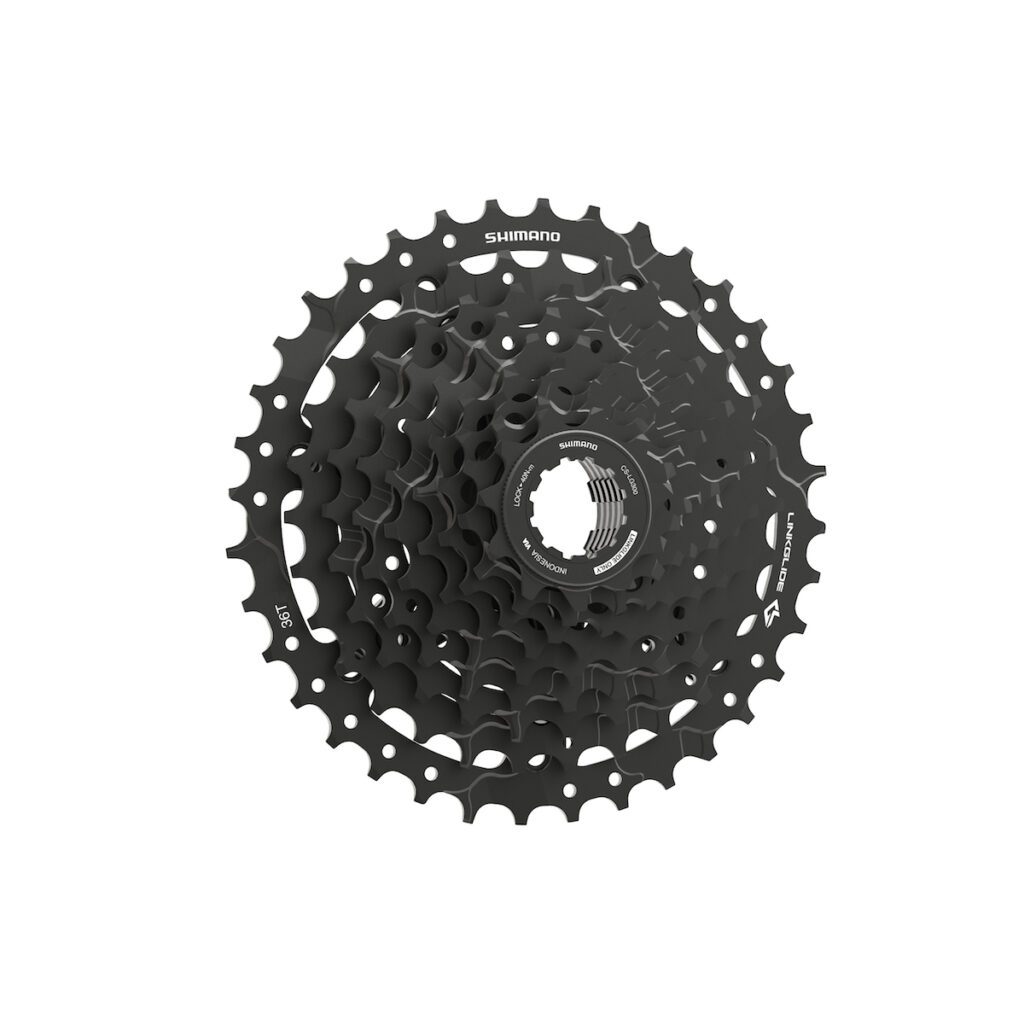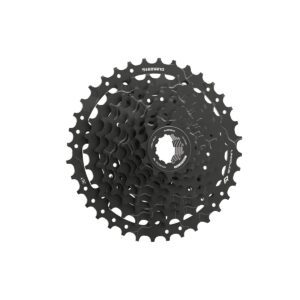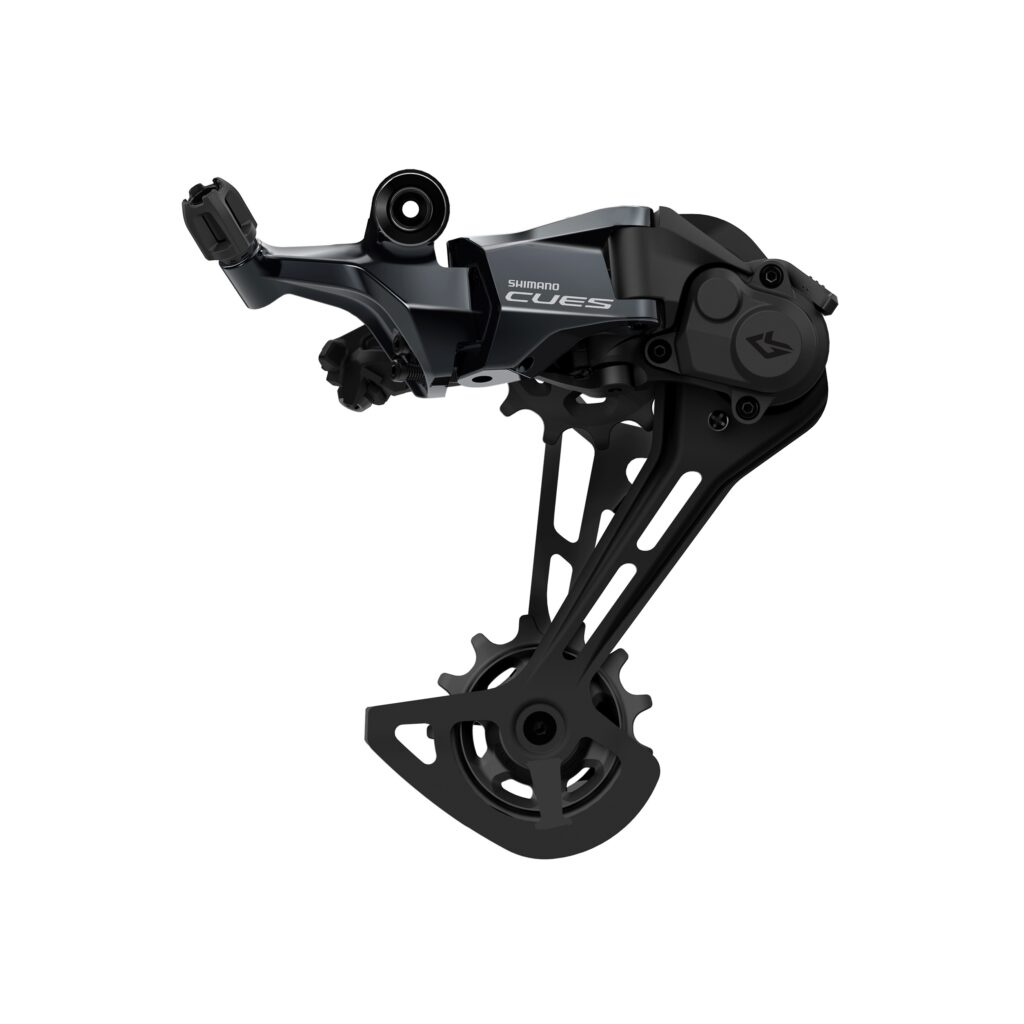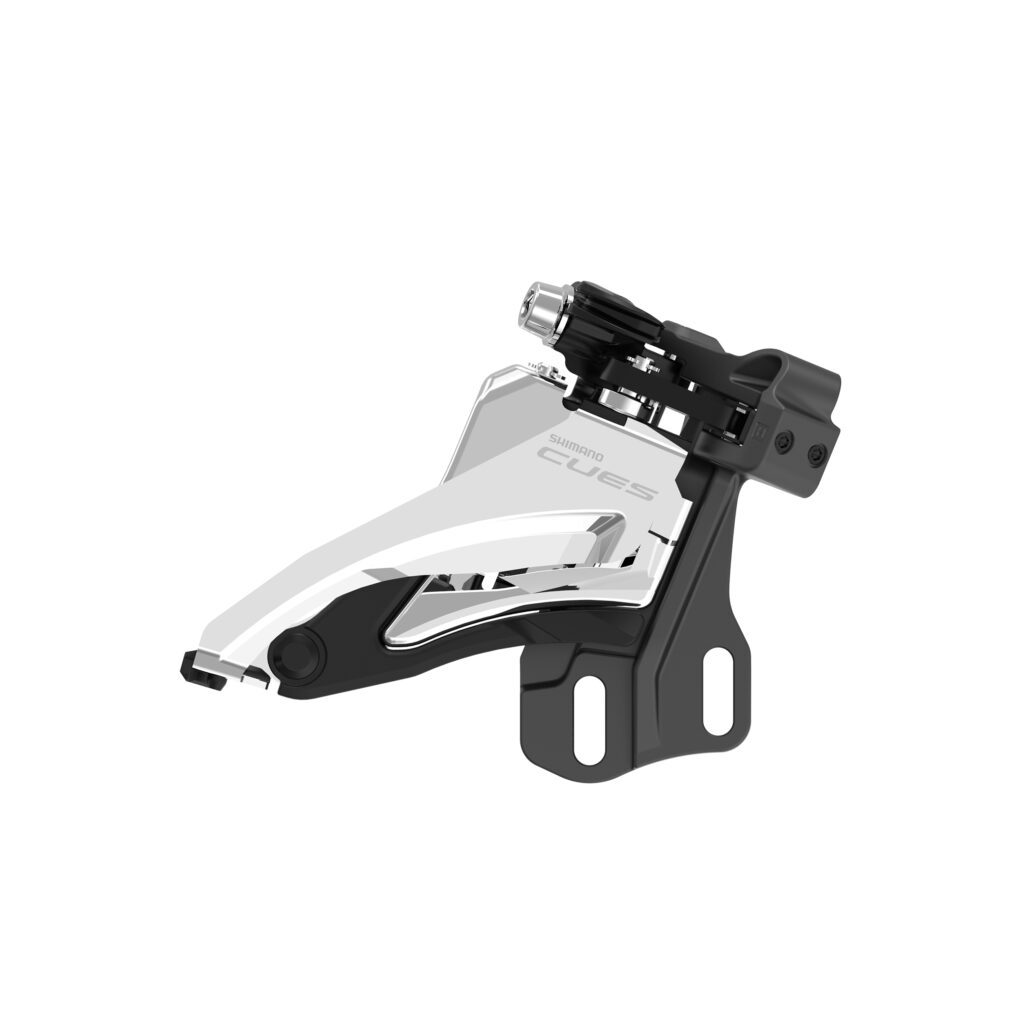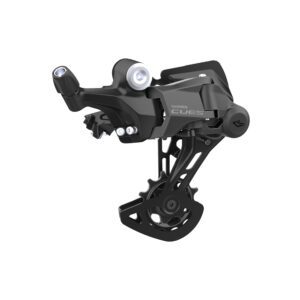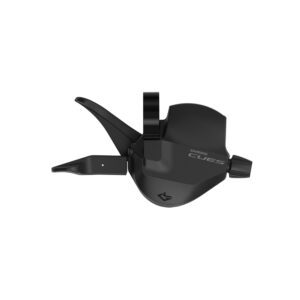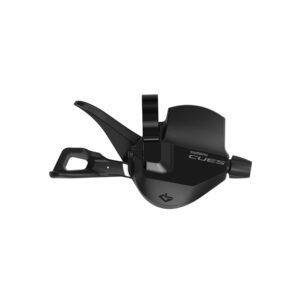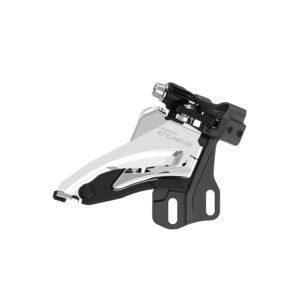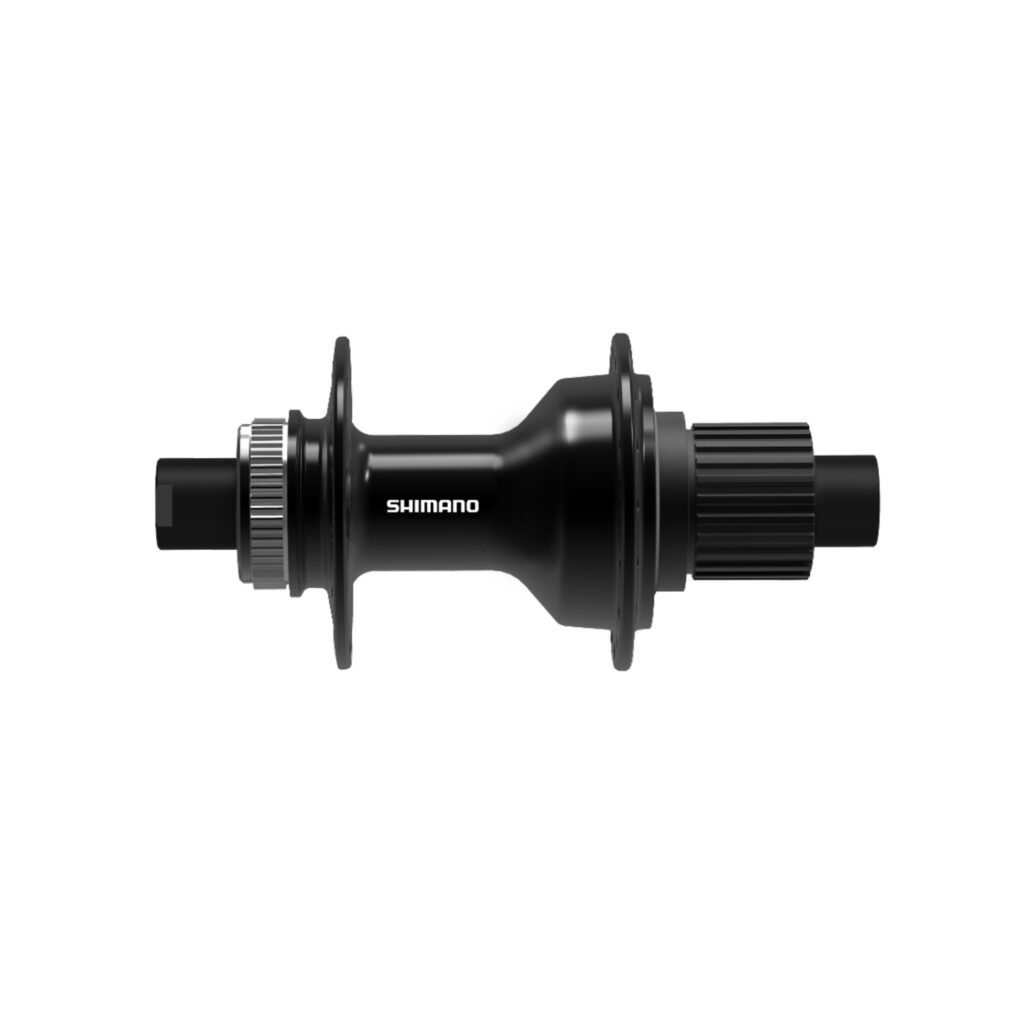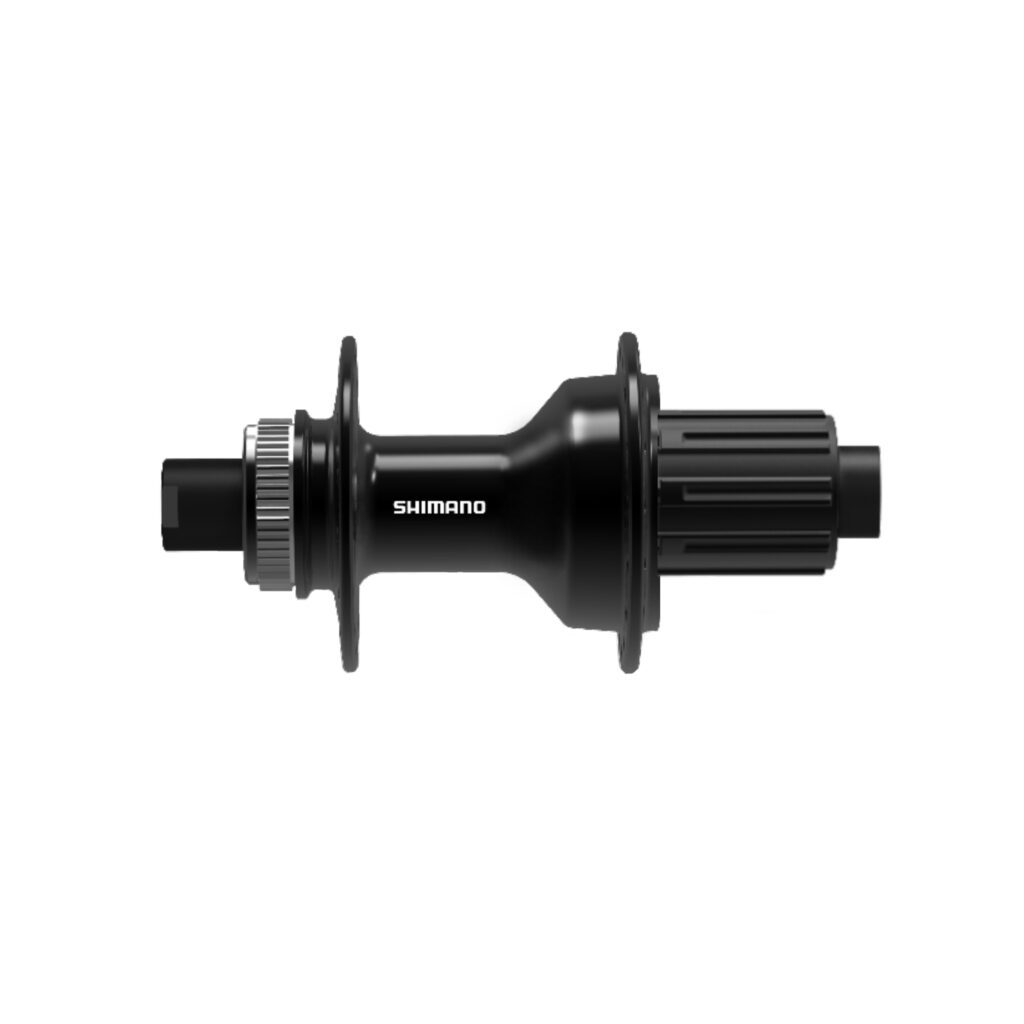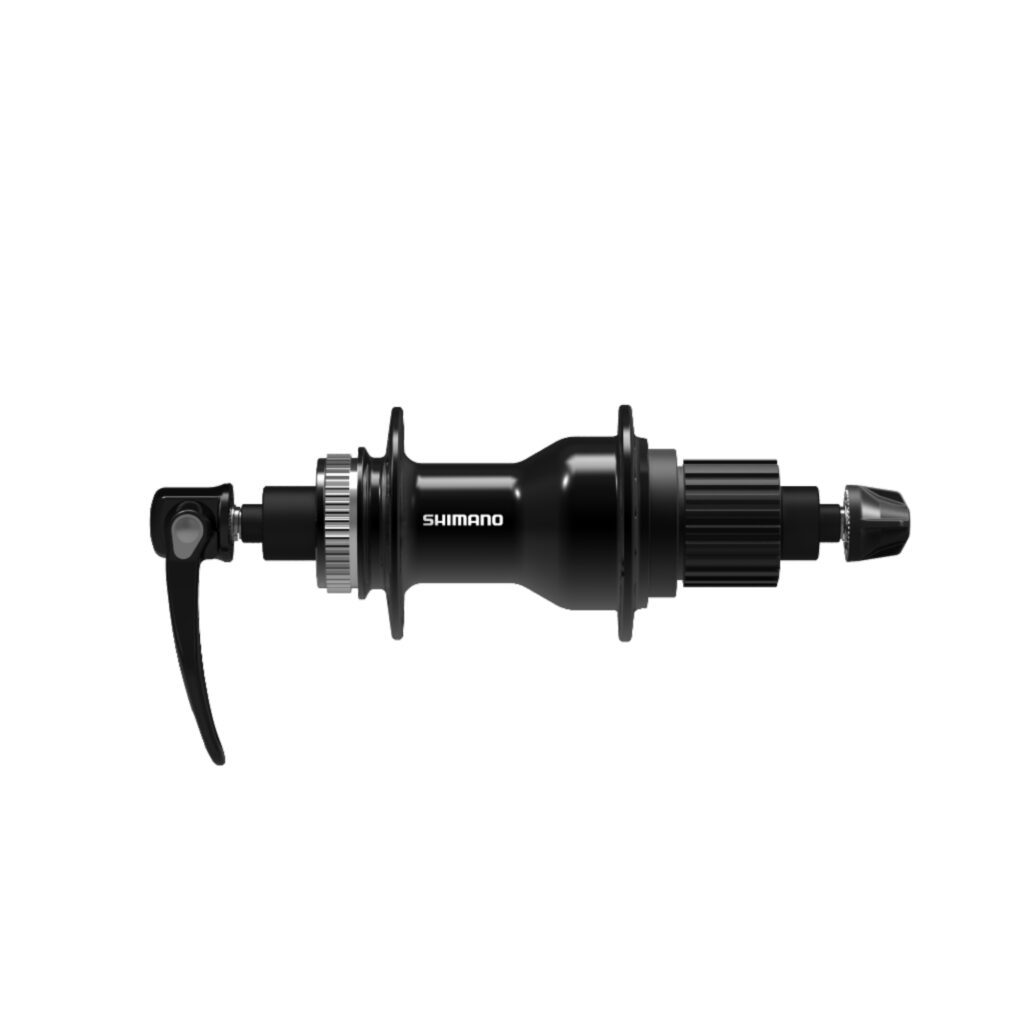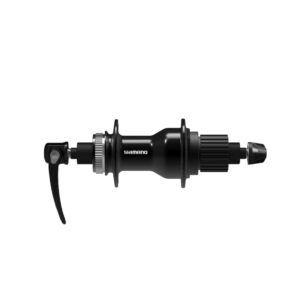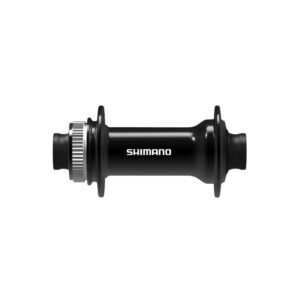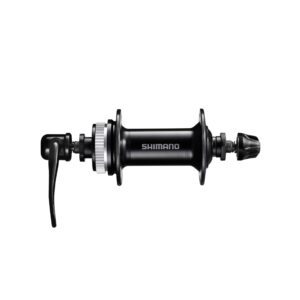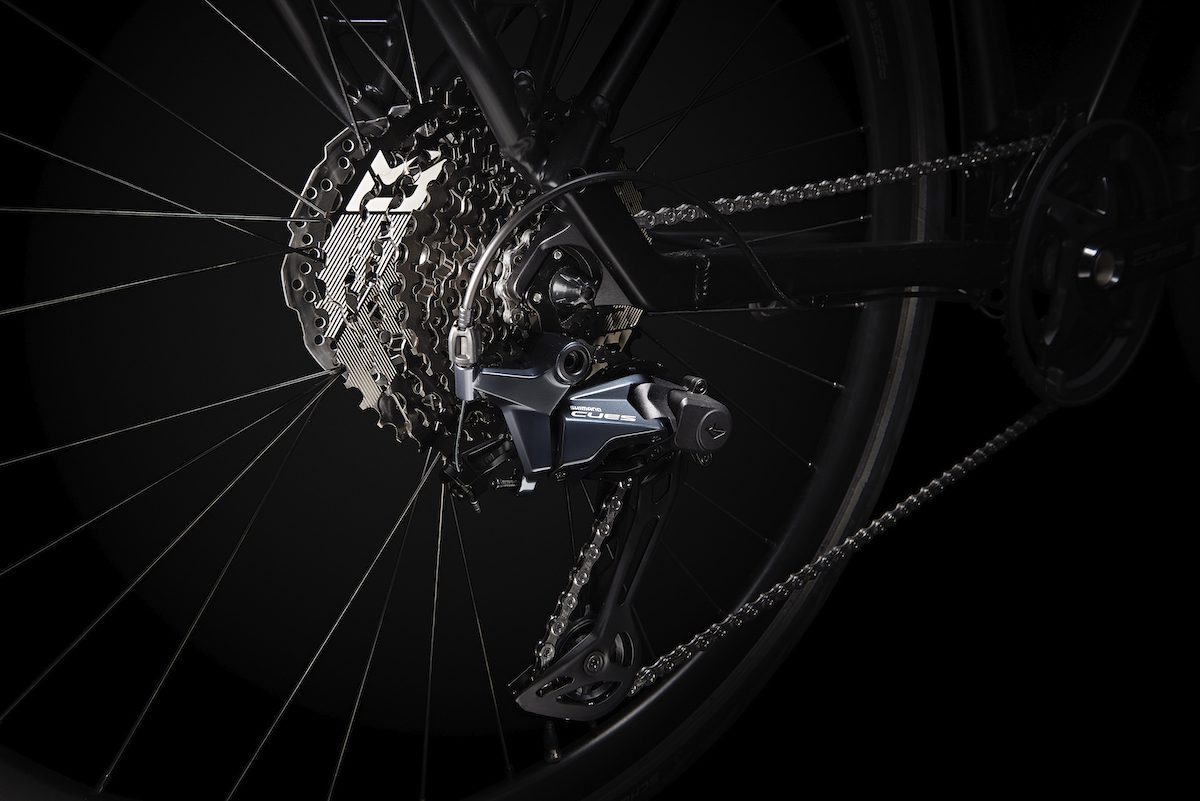Shimano Cues started from the bottom now its finally here
Designed from the ground up for durability, cross-compatibility and predictable shifting
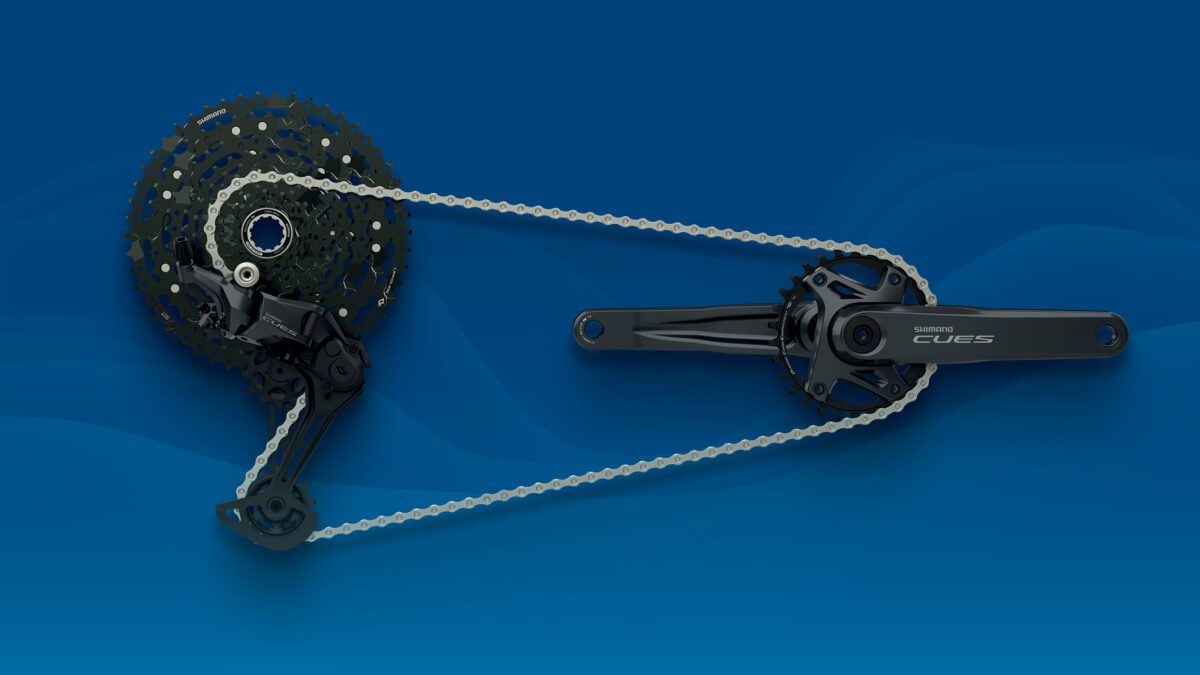 Photo by:
Shimano
Photo by:
Shimano
Shimano is rolling out a brand new drivetrain group but, unlike its usual releases, it’s not a new top-level group. The new Cues group actually occupies the opposite end of the Shimano range. While that might not seem as exciting as fancy race bits, this is actually a very interesting release from the global component giant.
The basic idea behind Cues is that Shimano wants your bike to work better, last longer, cost less and be easier to work on. All of which are good things. The Cues group covers 9-, 10-, and 11-speed drivetrains for mountain biking, eMTB/e-bikes and commuter bikes. Shimano also said that, just as Cues works across mtb and commuters, the new ecosystem is designed for further expansion in the future.
For mountain bikers, it finally brings Shimano’s 1x drivetrain to a sub-Deore price point. While the cycling industry tends to have a myopic focus on the latest and greatest (i.e. 12-speed), there are still a huge number of riders out there on 11-speeds or less. It’s good to see Shimano taking those riders seriously with a reliable, functional wide-range groupset designed for that purpose.
How much less does Cues cost? The group starts out as little as USD 151.00 for a 9-speed Cues cassette, rear derailleur shifter and chain. Which is substantially less than for a cassette alone on many 12-speed drivetrains. It will be interesting to see what effect this new group has on the pricing for entry-level mountain bikes.
What is Shimano Cues? The concept
The Cues group and Linkglide tech are, in a sense, an inversion of Shimano’s traditional product development process. Well-known groups like XTR, XT and Deore started in racing. As new technologies were developed for the top end, older ones trickled down to the lower price points. This is a formula that’s worked well for Shimano for decades, so why change now?
Well, Cues and Linkglide start from the idea that what racers want might not be the best for all riders. The group of “non-racers” Shimano has in mind is diverse. New riders, budget-conscious riders and electric bike riders are all roped in there, as are the shop employees that have to work on those bikes.
Different aspects of the new line are designed to work for this variety of riders in different ways. But, to sum up the difference in approach, HyperGlide-Plus (HG+), which remains Shimano’s performance-focused group, aims for lighter weights and faster shifting. The tradeoff is durability. In contrast, Cues focuses on smooth shifting under heavy loads (it was originally developed for e-bikes) and durability. Shimano claims its Linkglide cassette lasts around three times longer than HG+ in similar conditions. The tradeoff is, as you might expect, heavier parts.
Ok, so what is Shimano Cues? The products
Shimano divides Cues into three tiers. The top two, U8000 and U6000, resemble current 10- and 11-speed Deore components. In fact, Cues will replace those components, as well as Alivio, Acera and Altus groups. U4000 is more price-conscious and offers more simplified construction. Here in North America, we will mostly see bikes with U6000 and U4000, so we’ll focus on those two here today.
One chain to rule them all
Cues will be available in 9-speed, 10-speed and 11-speed configurations. What makes this new line stand out is that the parts are, to an impressive extent, cross-compatible between tiers and between speeds, and types of riding. Cues is mostly mountain bike, eMTB and commuter-focused right now. But the new Cues parts use the same standards as Shimano’s earlier XT Linkglide and XT Di2 LG and Cues Di2 releases. Shimano says that the Cues ecosystem is designed to accommodate further expansion beyond mtb and commuters, too. If it does that would significantly simplify the brand’s mid-range product line.
All Cues systems use a single 11-speed chain. This chain is interchangeable with current 11-speed HG+ chains. This significantly reduces the number of chains shops need to stock and consumers need to choose from when replacing parts.
To get a bit technical, Shimano accomplishes this by switching all shifters to a linear cable pull ratio and a standard cog spacing for all Cues cassettes, no matter how many speeds. That does mean Cues will not be backward compatible with the outgoing 9- or 10- speed components being phased out, due to that cog spacing and derailleur cable pull ratio, But Shimano will continue supporting legacy service parts for what they call the reasonable lifetime of those components.
Cues and Linkglide bring durability and performance
Shimano is positioning Cues not as a step down in performance, but a lateral step to address different performance demands. Instead of absolute speed, the Linkglide cassettes are designed to shift reliably, in both directions, under load. So, while it might not shift as fast as HG+, it will always shift reliably. That includes auto-shift on an eMTB or e-cargo bike, eMTB race situations or just newer riders that aren’t used to timing their shifts.
The Cues cassettes are designed to last longer, so you don’t have to replace them nearly as often. Taller and thicker teeth provide additional surface area for better chain retention and to distribute forces evenly to slow down wear.
Cues cassettes come in an array of different configurations, including a wide-range 11-46t 9-speed option, giving far more riders access to functional 1x drivetrains.
Wide range without the cost
While the key technical component of Cues resides in the Linkglide cassettes, the three levels of Cues derailleurs pack solid value as well. The top two tiers retain the Shadow+ design just in a simpler package. this includes clutch mechanism, enabling reliable 1x shifting for mountain bikes and e-bikes. There are also 2x options for riders that don’t want to give up the second chainring. Shifters are available with or without optical gear display and in various configurations to match the number of gears. All Cues shifters and derailleurs use the same cable pull ratio, so you can use a U6000 shifter with a U8000 rear derailleur, or the opposite. They are not, though, compatible with HG+ drivetrains. Cues will only work with other Cues components.
Shimano’s new near-universal hubs
In the same vein as Cues cross-compatibility, Shimano is introducing a new, non-series hub. The mid-range hub is designed to be modular and versatile. The axle can be changed from quick release to through axle, and different through-axle widths. The freehub is easily changed from HG to microspline, and can even be converted from 11-speed to 12-speed Deore for riders that want to upgrade without changing all the components on their bike at once.
Why is this a big deal?
Shimano’s new group developed specifically as an entry-level and durable groupset, not cobbled together out of old racing tech. It’s simple, it is widely cross-compatible with other parts, and it is designed to work consistently for a long time. That makes it affordable for riders and easy for shops. Pick your number of speeds, level of components and, as long as its Cues, you can be confident the parts will work well together.
For mountain bikers (and e-bikers and commuters) it really opens up the possibility of affordable wide-range, 1x shifting. Deore was a start, but still pricey. Cues should help create complete bikes, and eMTB, that are more reasonably priced and have comparable performance on trails.
Shimano Cues: pricing and availability
There isn’t a full list of Cues pricing yet, but there are some starting points. Cues top tier (U8000) 11-speed group starts at USD 452.00 for a shifter, rear derailleur, 11-50t cassette, chain, bottom bracket and crankset. The same group is USD 289.00 if you drop the BB and crankset.
From U8000, Cues only gets more reasonable. Cues U6000 1×11-speed is USD 214.00, U6000 1×10-speed is USD 187.00 while U4000 1×9-speed drops to just USD 151.00 (all prices w/o crank or BB). For comparison, Shimano’s 1×11-speed XT Linkglide (not HG+) is USD 362.00 for the same configuration.
Shimano expects to see Cues on shelves in late May or early June, though some bikes from some brands might show up sporting the new drivetrain even earlier.

